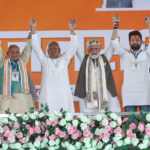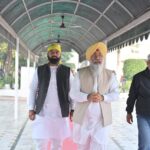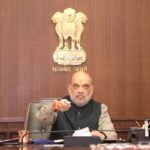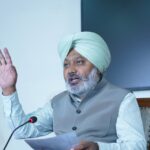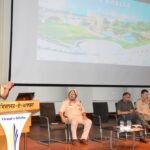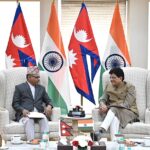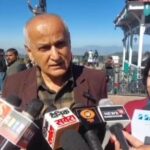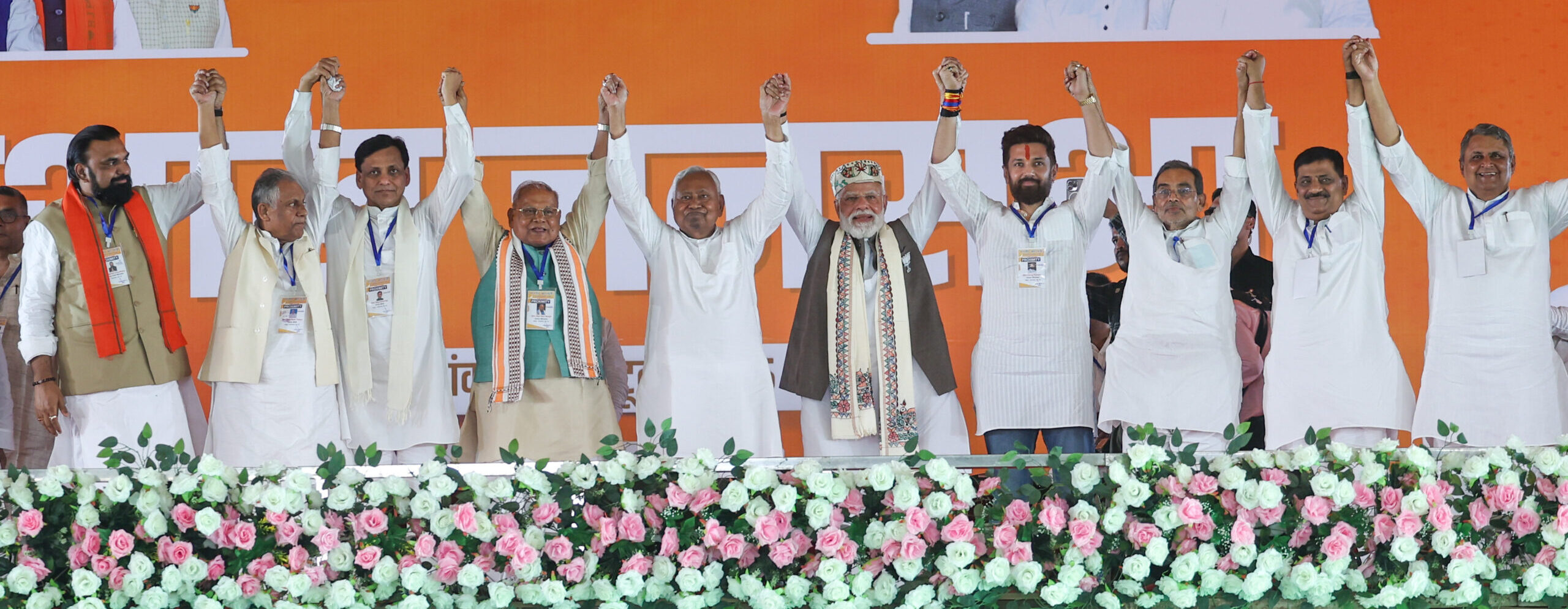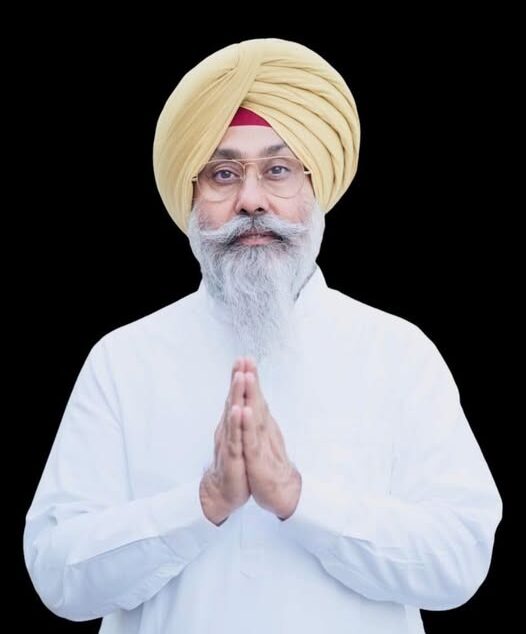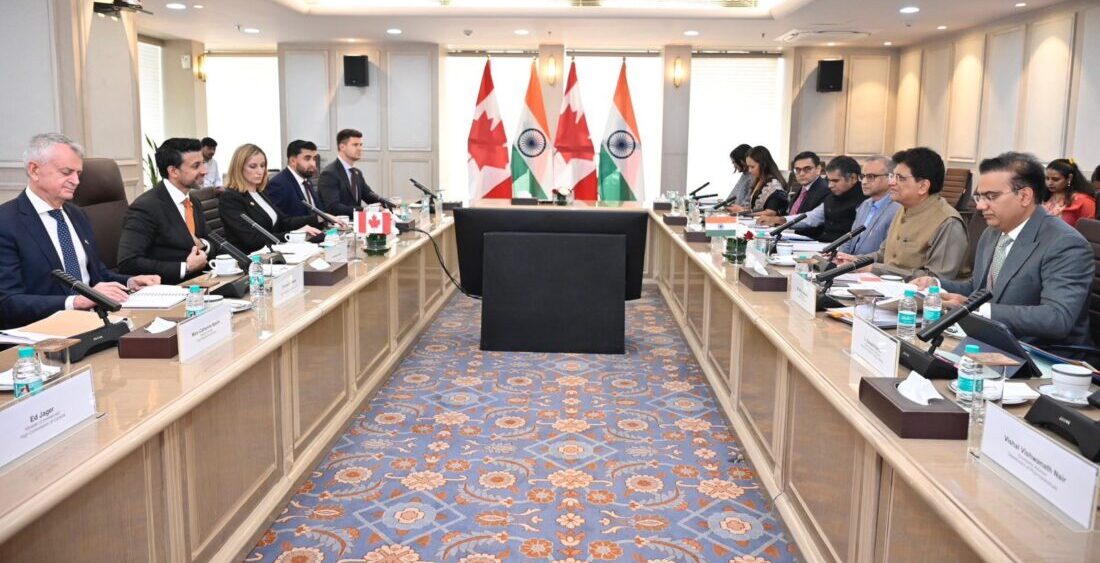The North News
Chandigarh, November 12
Dr. Sandeep Patel, Associate Professor of Orthopaedics at PGIMER in Chandigarh, has developed a groundbreaking classification system for ankle malunion, known as the Patel–Dhillon Classification. The system offers the first comprehensive and structured approach to categorising all forms of ankle malunions, helping surgeons assess and manage complex cases more effectively, said the PGIMER in an official statement.
The classification, published in the Indian Journal of Orthopaedics, marks a significant academic contribution from PGIMER in the field of trauma and reconstructive orthopaedic surgery. Ankle malunion occurs when fractures around the ankle heal in an abnormal position due to neglect or inadequate fixation. These deformities can lead to chronic pain, instability, and early-onset arthritis. Traditionally, such conditions were managed with ankle fusion (arthrodesis) — a procedure that eliminates joint movement to reduce pain. However, with recent advances in reconstructive surgery, joint-preserving osteotomies have become increasingly viable for select patients.
The Patel–Dhillon Classification provides a clear framework for analysing the anatomical and mechanical deformities associated with ankle malunions, guiding surgeons toward the most suitable corrective options. It emphasises joint preservation to enhance mobility and long-term outcomes.
Speaking about the breakthrough, Dr. Patel said:
“Ankle malunions have long been seen as difficult to manage, with fusion viewed as the only solution. This classification brings clarity, helping surgeons analyse the deformity comprehensively and opt for corrective, joint-preserving procedures wherever possible. It’s a step toward restoring both form and function in patients who might otherwise lose their ankle joint.”
This is Dr. Patel’s third classification related to fractures and injuries around the ankle developed in the past two years, underscoring his growing influence in orthopaedic research. He also holds the rare distinction of being the only Indian surgeon in recent years to have a fracture pattern around the ankle named after him.


